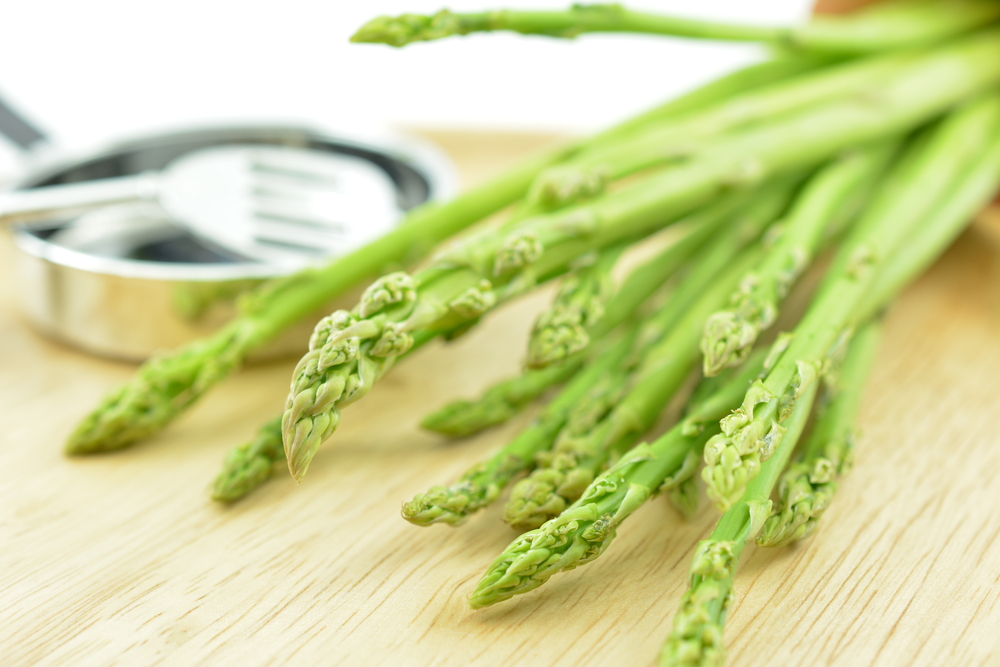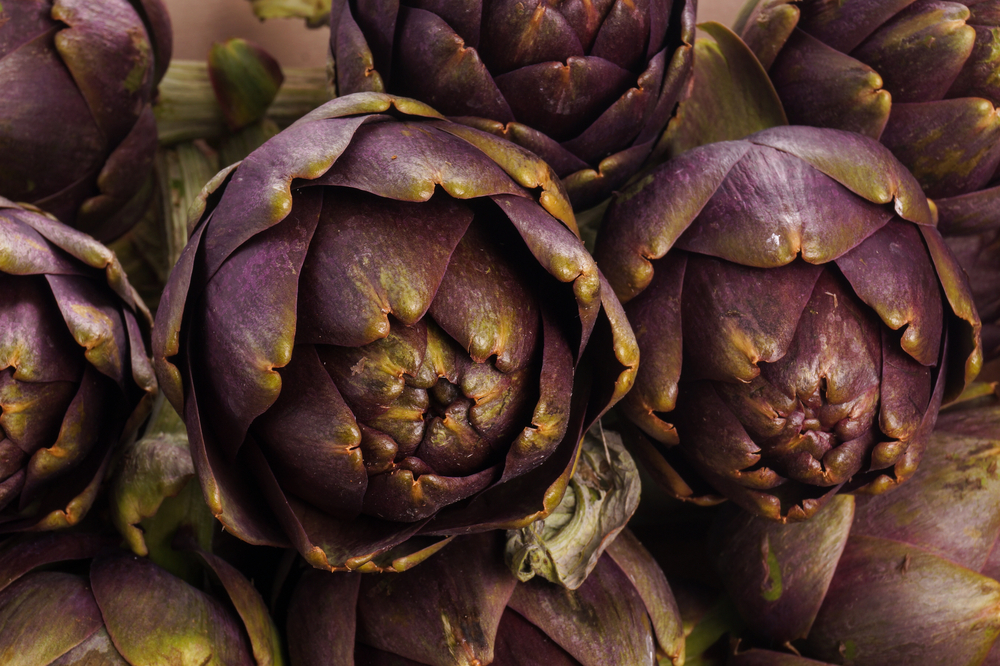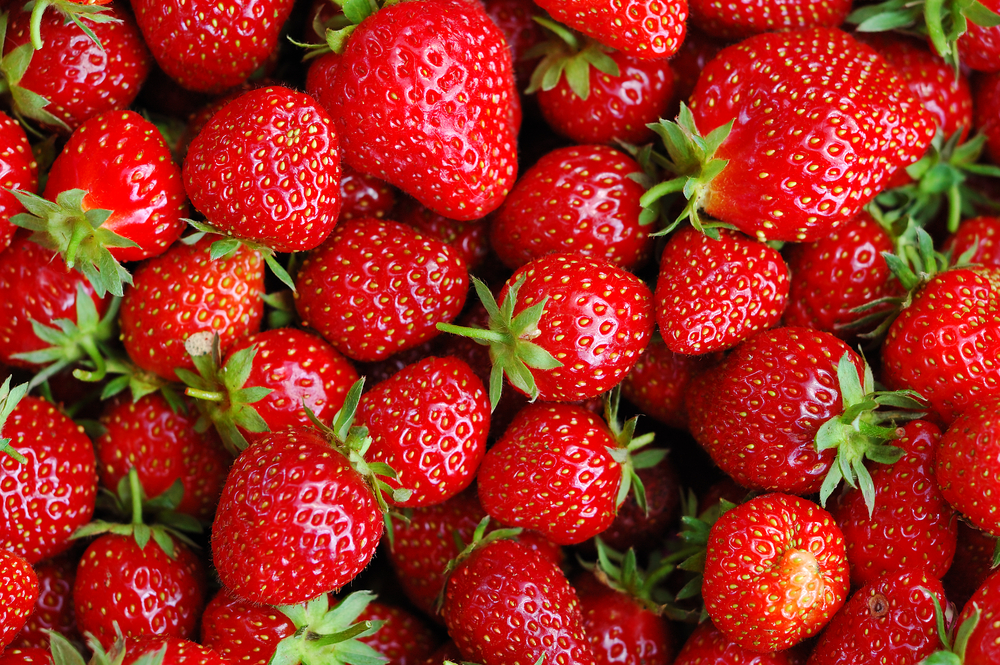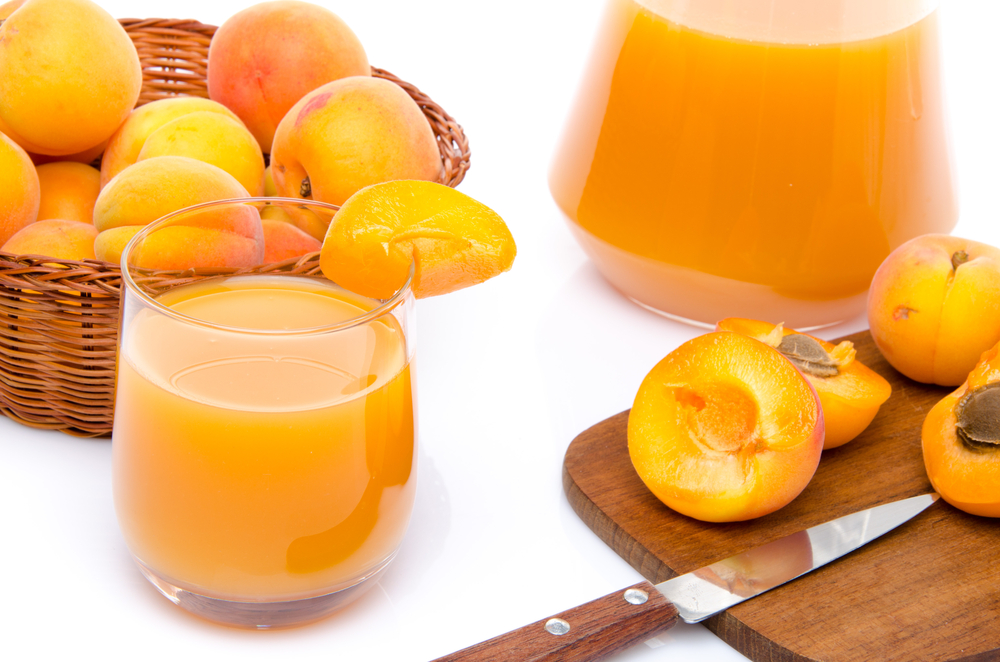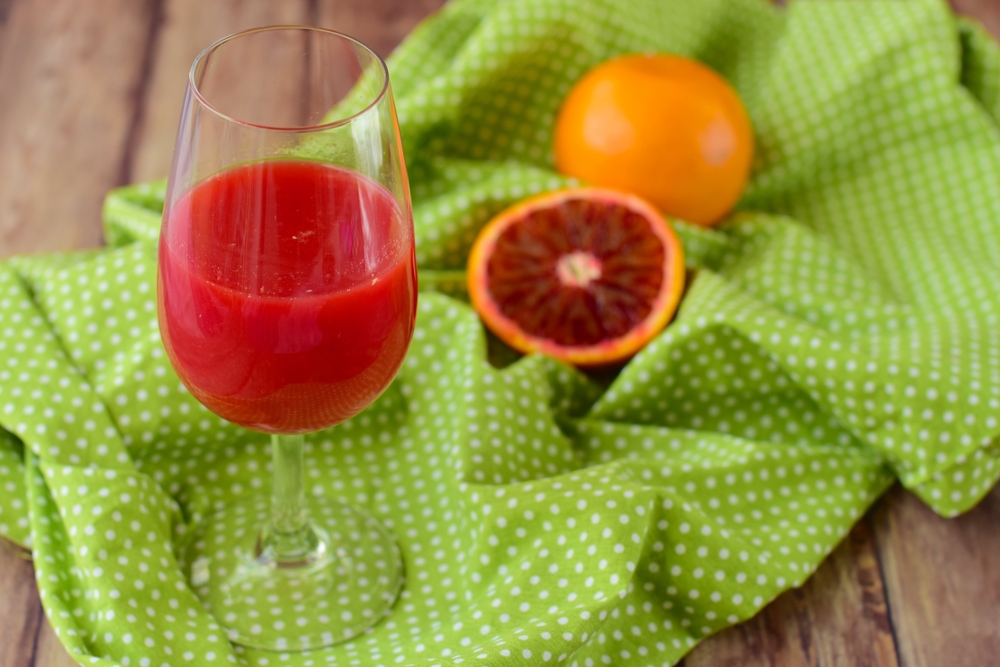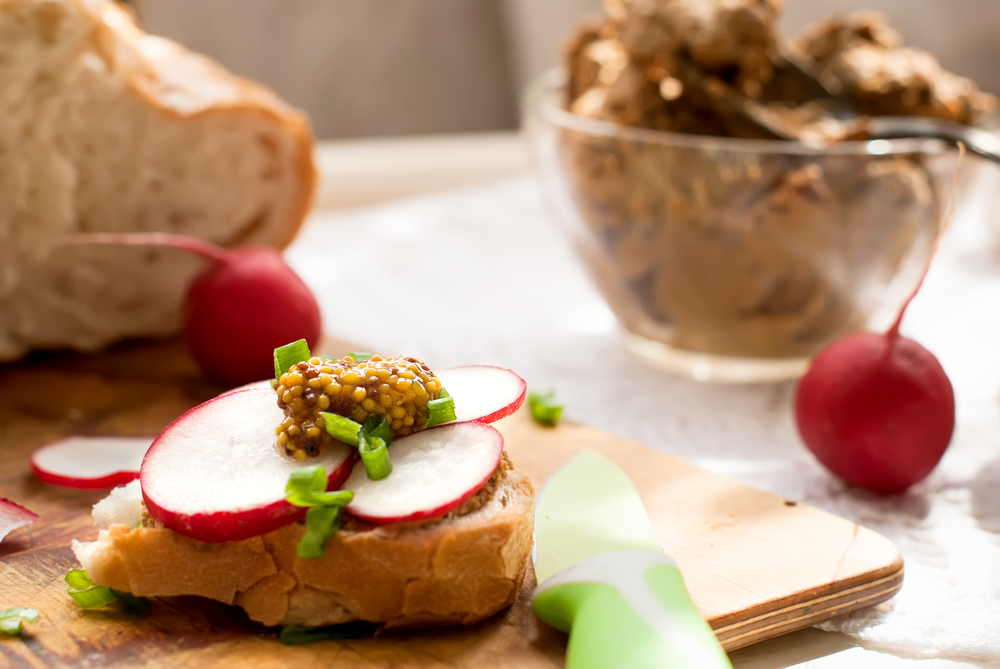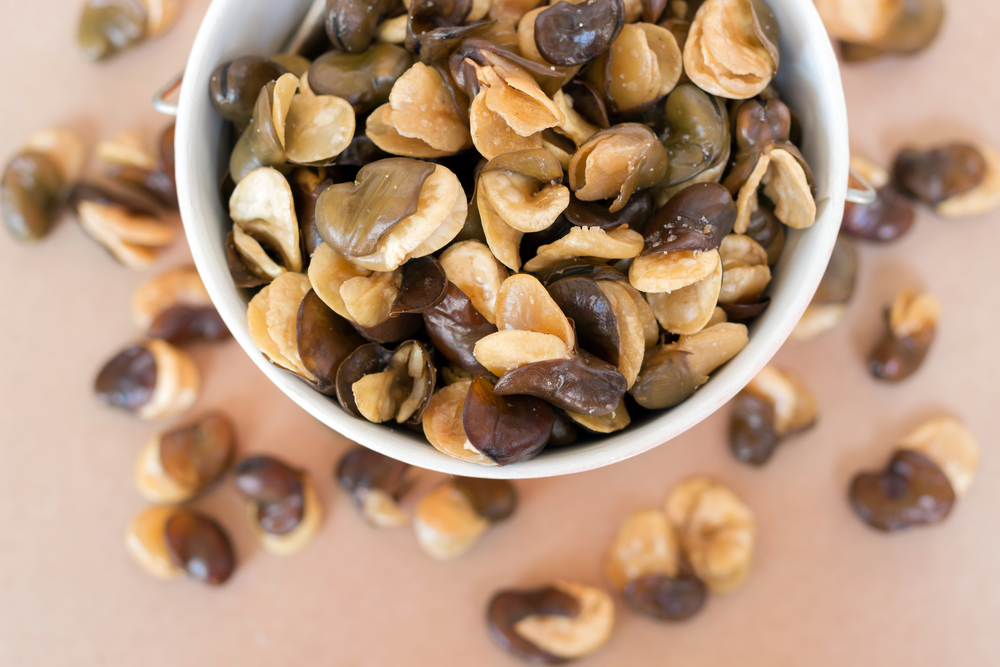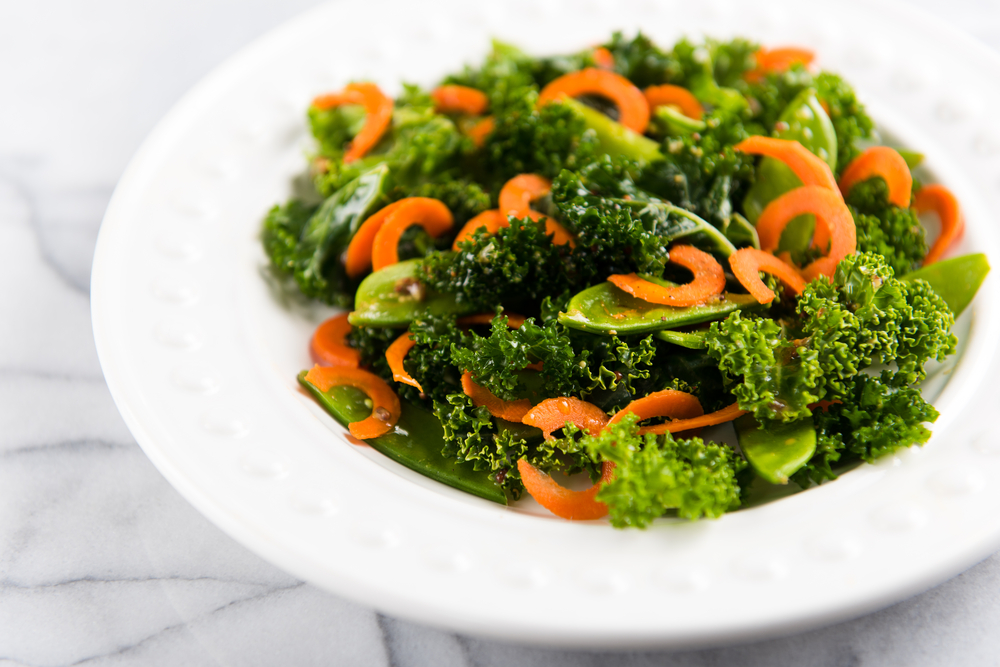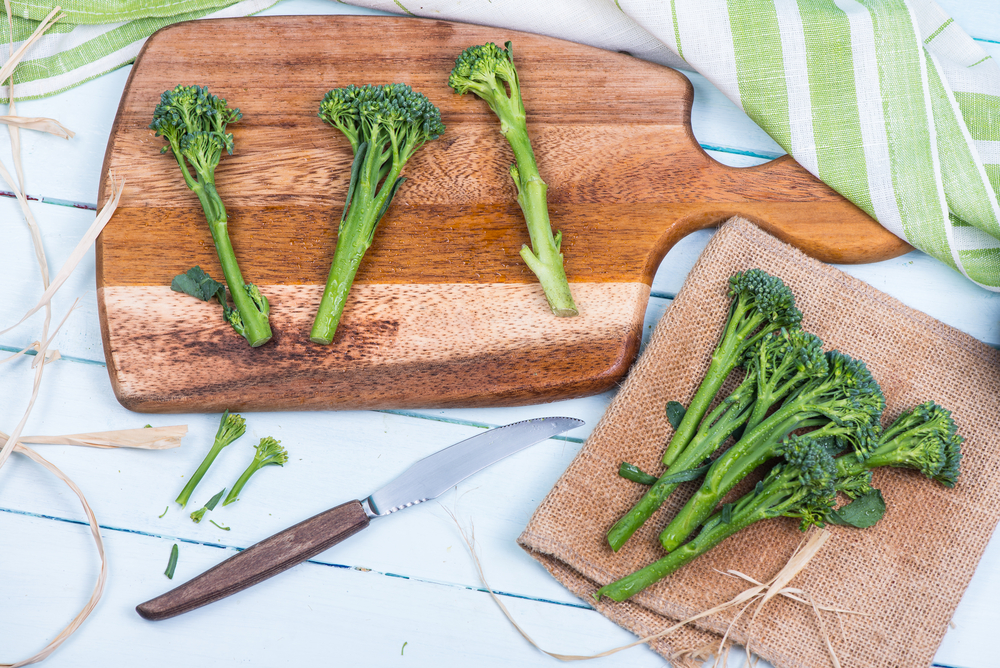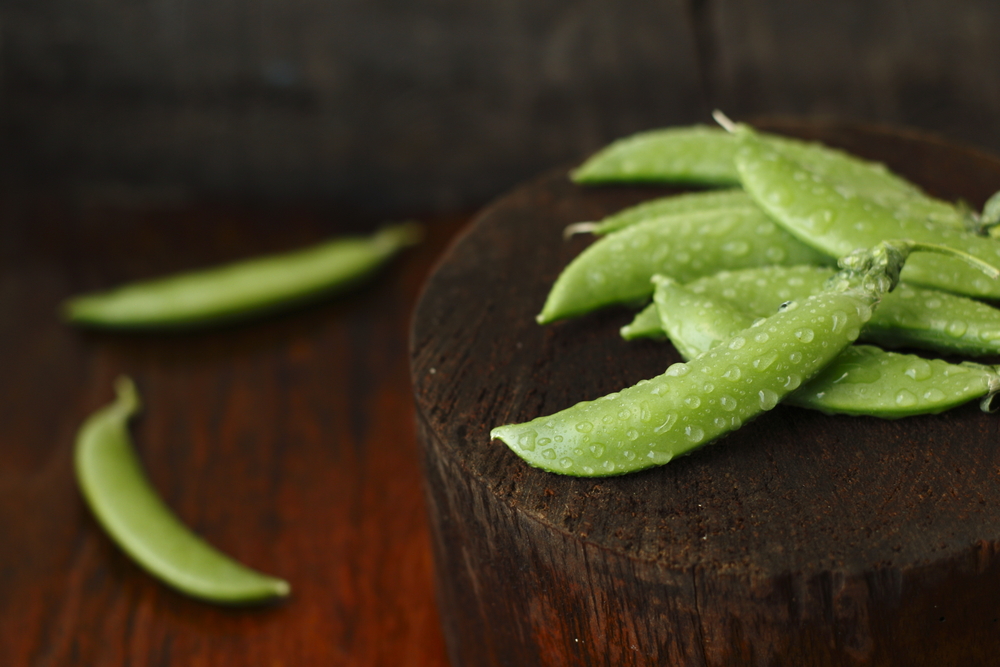Even though spring began over a month ago, delicious fruits and veggies did not start emerging on the shelves until very recently – and yes, while most importing/exporting fruits and veggies make them available all year around, they simply do not taste the greatest.
Most of us know that fruits and veggies are loaded with quintessential nutrients required to live a healthy (and long) life; generally speaking, one will never have to rely on supplements if they ate an adequate amount daily. One of our favorite benefits of eating fruits and vegetables is the boost in metabolism it provides – this factor important is in keeping your body functioning at an optimal level.
Dana Hunnes, PhD, MPH, RD, a senior dietitian at the Ronald Reagan UCLA Medical Center states, “keeping our engine running smoothly and efficiently requires that right balance of vitamins, minerals and nutrients including fiber, protein, fat and healthy types of whole-food carbohydrates. Every season has foods that are best eaten in that season, and some of those foods help maintain or increase your metabolism.”
Here is a list of 11 of such items that we encourage you add to your grocery list immediately:
Asparagus
Lisa Moskovitz, RD, founder of New York Nutrition Group says that, “for a whole cup cooked, asparagus is just 30 calories, but has as much as 73 percent of your recommended daily value of vitamin C, 180 percent of your vitamin K and 61 percent of your folate. Among many other things, Vitamin C has been linked to boosting fat-burning especially when combined with regular exercise.” Asparagus is also good at suppressing high blood sugar levels – which can help keep insulin levels on the low – helping you lose weight and keeping diabetes on the bay.
Artichokes
“These versatile spring veggies are one of the best sources of fiber, which helps to regulate digestion, blood sugars, and appetite,” says Moskovitz. “For just a half cup of hearts, you get a whopping seven grams of fiber, which will help keep you full for a longer period of time on much fewer calories.”
Strawberries
Strawberries make for a great snack when your sweet tooth gets the best of you. Moskovitz says that “A whole cup raw strawberries has just under 50 calories and provides 150 percent of daily recommendations for vitamin C—which is a powerful antioxidant that also fights fat.” Add in some dark chocolate in the mix; it’s an experience you’ll want to have on the daily basis.
Apricots
Lower levels of iron in your body have shown signs to lower metabolism. Hunnes says, “apricots are rich in this nutrient, and we know that deficiencies in iron can lead to a slowdown in your metabolism. Eating a quarter cup of dried apricots—or two to three fresh apricots per day—can supply you almost 20 percent of your daily need for iron.”
Blood Orange
“According to a 2005 article from the Journal of the American College of Nutrition, individuals who eat enough vitamin C also burn more fat during a moderate bout of exercise compared to individuals who do not take enough vitamin C,” Hunnes says. “Since you’re better off eating your fruit than drinking it, because you also get fiber to lower digestion rate, blood oranges are a great way to get some in-season vitamin C.” Oranges in general are amongst one of the most glorious of fruits however many might have not experience biting into a delicious blood orange – do something nice for yourself this spring and get your hands on them!
Radish
“High in water, yet low in calories at 19 per raw cup, radishes can add a ton of volume and crunch to any salad,” Moskovitz explains. Radish can be strong in flavor for some but adding spices like black salt and pepper can help mellow out the taste a little – and it tastes even yummier.
Fava Beans
“Fava beans are an excellent source of fiber, with iron,” says Moskovitz. “They also have seven grams of lean, muscle-building protein per serving.” Many people go by the notion that all fruits and vegetables are lacking in protein – but this couldn’t be further from the truth as all fruits and vegetables contain protein; granted they may be beaten by meat in a comparison test. However, there are veggies, like fava beans, that are fairly high in protein – and are also heart healthy.
Kale
You just don’t have enough hipster friends if you’ve never heard of kale – but we are almost confident you do (because deep down you know you’re a hipster too!). “Kale is currently in season, at its most nutritious,” Hunnes says. “It’s full of calcium at 137 milligrams per cup — and not only does the fiber from kale increase metabolism by causing our body to work harder to digest it, but there is evidence suggesting that calcium may help your body metabolize fat more efficiently.” Eating kale in place of lettuce may take a little time to adapt to; try adding it in your green smoothie – or if your adventurous, then with a banana and soy milk.
Broccolini
Think of broccolini as broccoli’s little cousin – similar nutritional content but just tinier in comparison. “Even more so than kale, broccolini has over 500 milligrams of calcium in a small bunch,” says Hunnes. “Again, calcium has been demonstrated to increase your body’s metabolism of fat. So, eat your greens, especially broccolini, at every meal!”
Sugar Snap Peas
Moskovitz says that, “these sweet crunchy veggies are a good way to fill up without filling out. For 35 calories per cup, these fiber-rich peas are a great way to fight bulge. Recent research has shown dietary fiber is linked with metabolic boosters independent from body weight, like maintaining a balance of gut hormones and regulating inflammatory markers that fight metabolic syndrome.”

